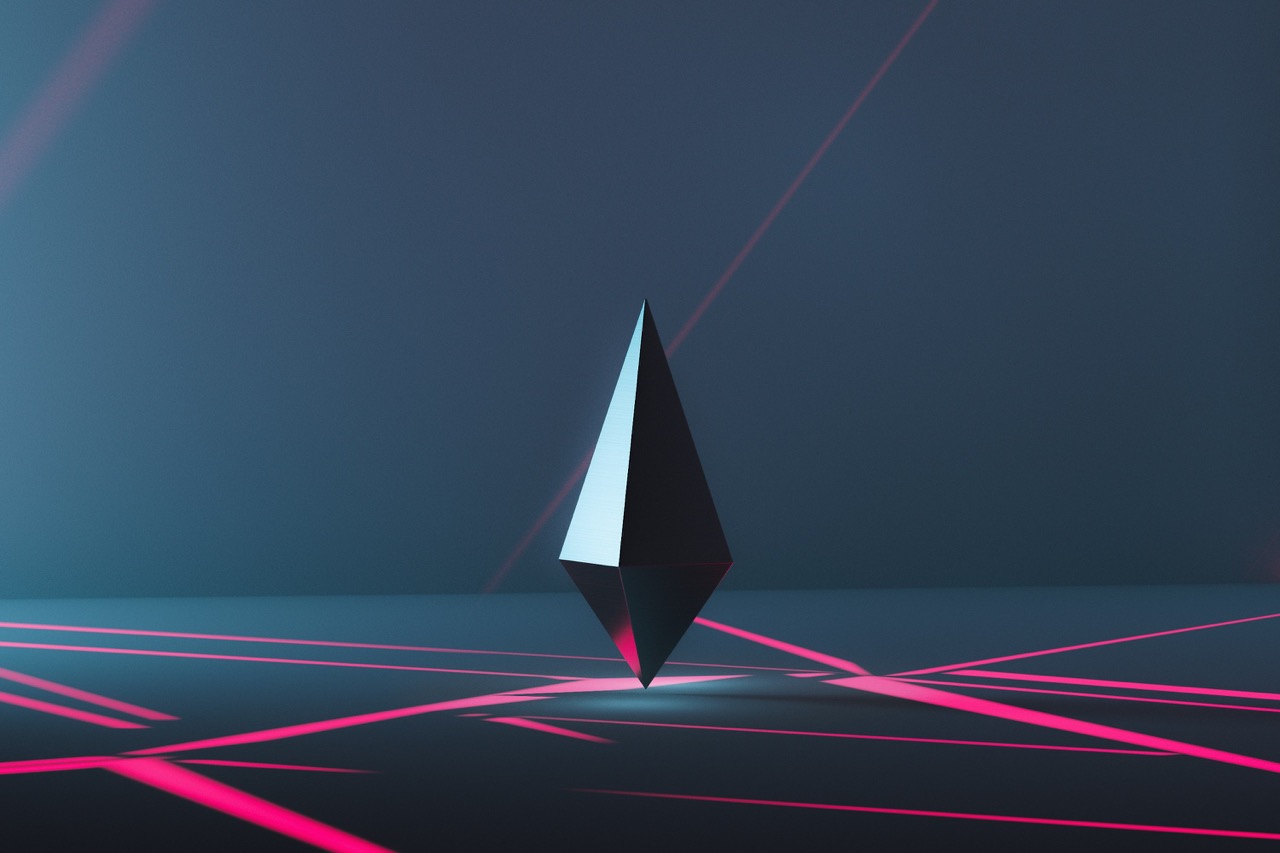December 17, 2021
ERC-721 vs ERC-1155
The Ethereum blockchain has established itself as one of the most popular platforms in the blockchain space, largely due to its pioneering smart contract capabilities and the robust ecosystem of decentralized applications (dApps) it supports. As the ecosystem continues to evolve, so do the standards that enable a diverse range of assets to be built upon it. Among these, ERC-721 and ERC-1155 have emerged as key protocols for the creation and management of digital assets.

What is ERC-721?
ERC-721 is a blockchain standard that defines the rules for creating and managing unique digital tokens, known as non-fungible tokens (NFTs), on the Ethereum platform. Each ERC-721 token possesses a distinct identity, characterized by an exclusive set of properties and an intrinsic value that differentiates it from all other tokens. This distinctiveness makes ERC-721 tokens particularly well-suited for representing ownership of digital collectibles, art pieces, and other singular assets that benefit from verifiable provenance and authenticity on the Ethereum blockchain.
Sample ERC-721 code
// SPDX-License-Identifier: MIT
pragma solidity ^0.8.0;
import "@openzeppelin/contracts/token/ERC721/ERC721.sol";
import "@openzeppelin/contracts/access/Ownable.sol";
contract MyNFT is ERC721, Ownable {
uint256 public nextTokenId;
constructor() ERC721("MyNFT", "MNFT") {
nextTokenId = 0;
}
function mint(address to) public onlyOwner {
_safeMint(to, nextTokenId);
nextTokenId++;
}
}
What is ERC-1155
ERC-1155 is a multi-token standard that allows for the creation, transfer, and management of multiple token types within a single smart contract. This standard is particularly useful for applications that require a variety of token types, such as video games or platforms that handle a mix of fungible (interchangeable) and non-fungible (unique) assets.
Sample ERC-1155 code
// SPDX-License-Identifier: MIT
pragma solidity ^0.8.0;
import "@openzeppelin/contracts/token/ERC1155/ERC1155.sol";
import "@openzeppelin/contracts/access/Ownable.sol";
contract MyGameItems is ERC1155, Ownable {
uint256 public constant GOLD = 0;
uint256 public constant SWORD = 1;
uint256 public constant SHIELD = 2;
constructor() ERC1155("https://game.example/api/item/{id}.json") {}
function mint(address account, uint256 id, uint256 amount, bytes memory data) public onlyOwner {
_mint(account, id, amount, data);
}
function mintBatch(address to, uint256[] memory ids, uint256[] memory amounts, bytes memory data) public onlyOwner {
_mintBatch(to, ids, amounts, data);
}
}
What is the difference between ERC-721 and ERC-1155?
The distinction between ERC-721 and ERC-1155 is crucial for developers and users alike to understand, as it affects how digital assets are managed and interacted with on the Ethereum blockchain. ERC-721 tokens are akin to one-of-a-kind collectibles, each with its own unique identity and properties.
In contrast, ERC-1155 tokens are more versatile, capable of representing a wide array of assets within a single contract, from unique items to interchangeable ones. This versatility of ERC-1155 can lead to more efficient interactions and transactions within the Ethereum ecosystem, particularly for platforms that deal with a diverse set of assets. It simplifies the process of managing these assets, making it easier for users to trade, collect, and utilize them in various applications.
| Feature | ERC-721 | ERC-1155 |
|---|---|---|
| Token Uniqueness | Each token is unique. | Can represent both unique and non-unique tokens. |
| Transaction Efficiency | Individual transactions for each token. | Batch transactions for multiple tokens. |
| Contract Complexity | One contract per token type. | A single contract can handle multiple token types. |
| Use Case | Ideal for unique digital collectibles. | Suited for games and platforms with various asset types. |
| Gas Costs | Higher due to separate transactions. | Lower due to batch processing. |
| Flexibility | Limited to non-fungible tokens. | Supports fungible, non-fungible, and semi-fungible tokens. |
Understanding these differences is essential for anyone involved in the creation, acquisition, or trading of digital assets on the Ethereum blockchain. Whether you are a game developer, a digital artist, or a collector, choosing the right token standard can have significant implications for the functionality and efficiency of your digital assets.
In summary, ERC-721 is perfect for items that require individuality, while ERC-1155 offers a versatile and cost-effective solution for managing multiple token types within a single contract.
